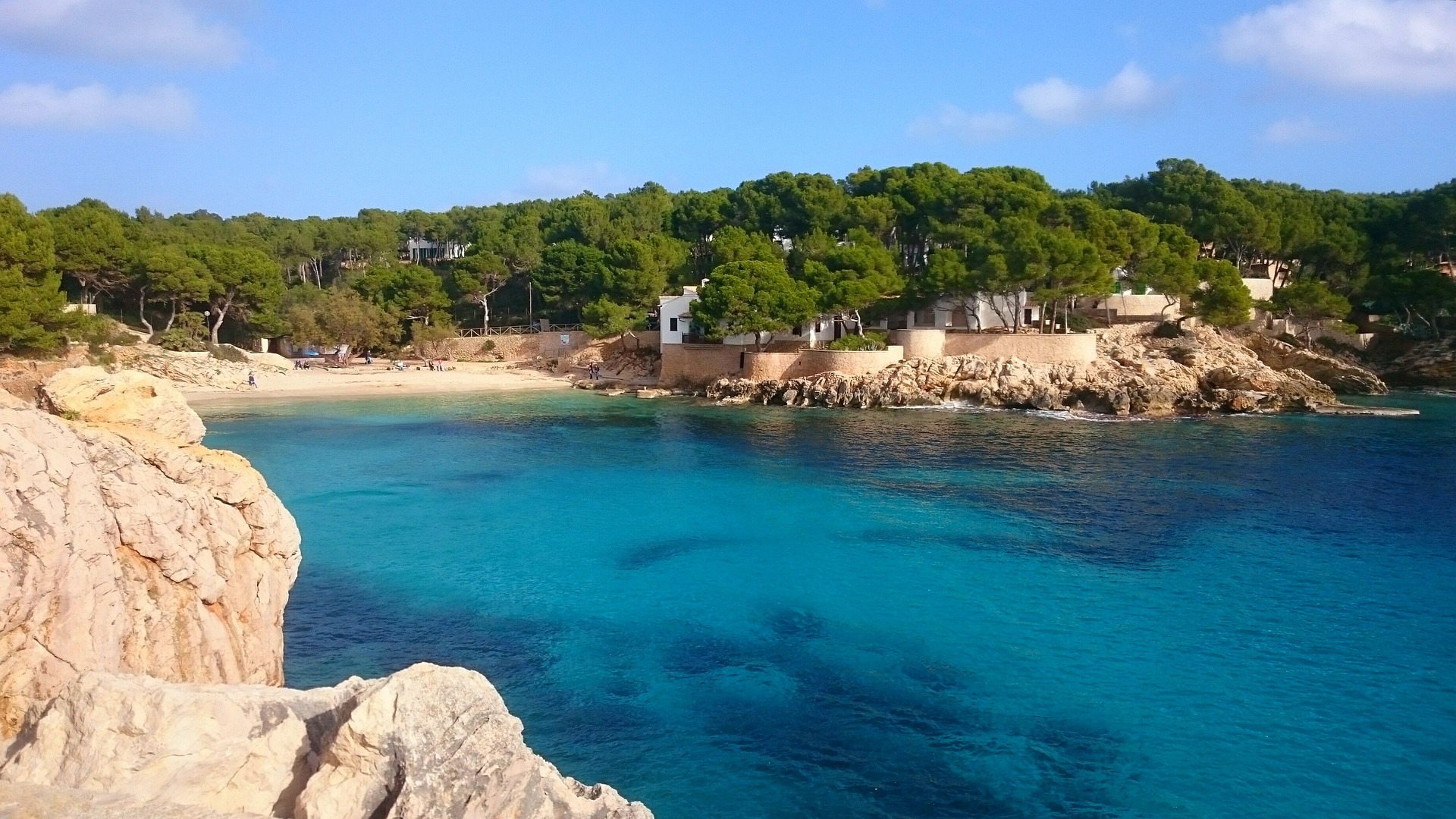Welcome to Maññorca, a hidden gem in Spain’s Balearic Islands. Known for its stunning landscapes, crystal-clear waters, and charming villages, Maññorca offers a serene escape for travelers seeking tranquility and beauty. This comprehensive travel guide will help you explore the island’s best attractions, activities, and hidden treasures.
Introduction
Maññorca, often overshadowed by its more famous neighbors, Ibiza and Mallorca, is a paradise for those looking to escape the hustle and bustle. The island is renowned for its unspoiled beaches, historical landmarks, and vibrant culture.
Getting to Maññorca
Maññorca is accessible by air and sea. The Maññorca Airport (MAH) connects the island to major European cities. Ferries from Barcelona and Valencia provide an alternative route for travelers preferring a scenic journey.
Best Time to Visit
The ideal time to visit Maññorca is between May and October when the weather is warm and the sea inviting. July and August are peak tourist months, while May, June, September, and October offer a quieter experience.
Top Attractions
Maññorca Cathedral
A Gothic masterpiece, the Maññorca Cathedral, also known as La Seu, is a must-visit. Its impressive architecture and stunning stained glass windows are awe-inspiring.
Cala Macarella
One of the island’s most beautiful beaches, Cala Macarella, boasts turquoise waters and white sands. It’s perfect for sunbathing, swimming, and snorkeling.
Cova d’en Xoroi
A unique bar set in a cliffside cave, Cova d’en Xoroi offers breathtaking views of the Mediterranean Sea, especially at sunset.
Beaches of Maññorca
Cala Mitjana
Surrounded by pine forests, Cala Mitjana is a tranquil spot ideal for relaxation and swimming.
Cala Pregonda
Known for its red sand and rocky landscape, Cala Pregonda is a favorite among photographers and nature lovers.
Cala Turqueta
With its clear blue waters and fine sand, Cala Turqueta is perfect for a day of sun and sea.
Outdoor Activities
Hiking and Biking
Maññorca offers numerous trails for hiking and biking, ranging from easy coastal paths to challenging mountain routes.
Water Sports
From kayaking and paddleboarding to scuba diving and sailing, Maññorca’s waters are a playground for adventure enthusiasts.
Cultural Experiences
Traditional Festivals
Experience the local culture through Maññorca’s traditional festivals, such as Sant Joan in Ciutadella, which features parades, fireworks, and horse shows.
Local Cuisine
Savor the island’s culinary delights, including sobrasada, a traditional sausage, and ensaimada, a sweet pastry. Don’t miss out on fresh seafood dishes.
Accommodation Options
Luxury Resorts
Indulge in luxury at Maññorca’s top resorts, offering stunning views, fine dining, and exceptional service.
Budget-Friendly Stays
Travelers on a budget can find plenty of affordable options, from charming hostels to budget hotels.
Unique Accommodations
For a unique experience, consider staying in a traditional finca or a modern eco-friendly villa.
Transportation on the Island
Maññorca is easy to explore by car, with well-maintained roads connecting major attractions. Public buses and taxis are also available for those who prefer not to drive.
Tips for a Perfect Trip
- Rent a car for flexibility.
- Pack comfortable shoes for exploring.
- Try to visit during the shoulder season for fewer crowds.
- Learn a few basic Spanish phrases to enhance your experience.
Conclusion
Maññorca is a serene island escape that promises unforgettable memories. Whether you’re lounging on pristine beaches, exploring historic sites, or indulging in local cuisine, this tranquil island has something for everyone. Plan your trip to Maññorca and discover the charm of Spain’s hidden gem.
